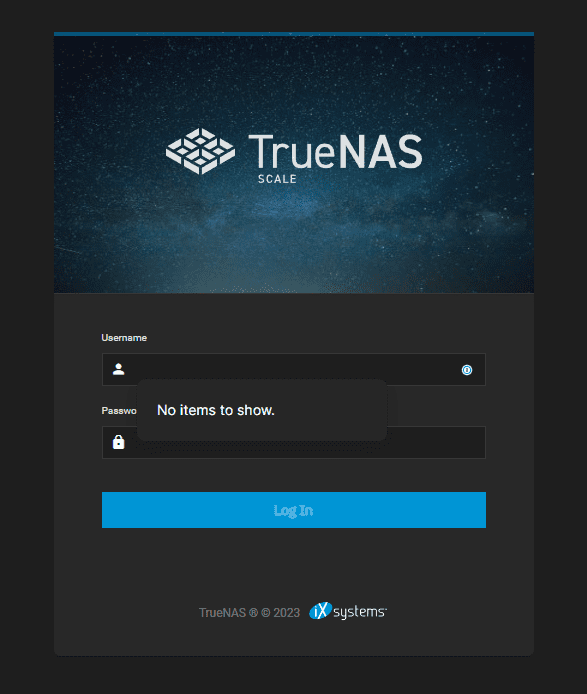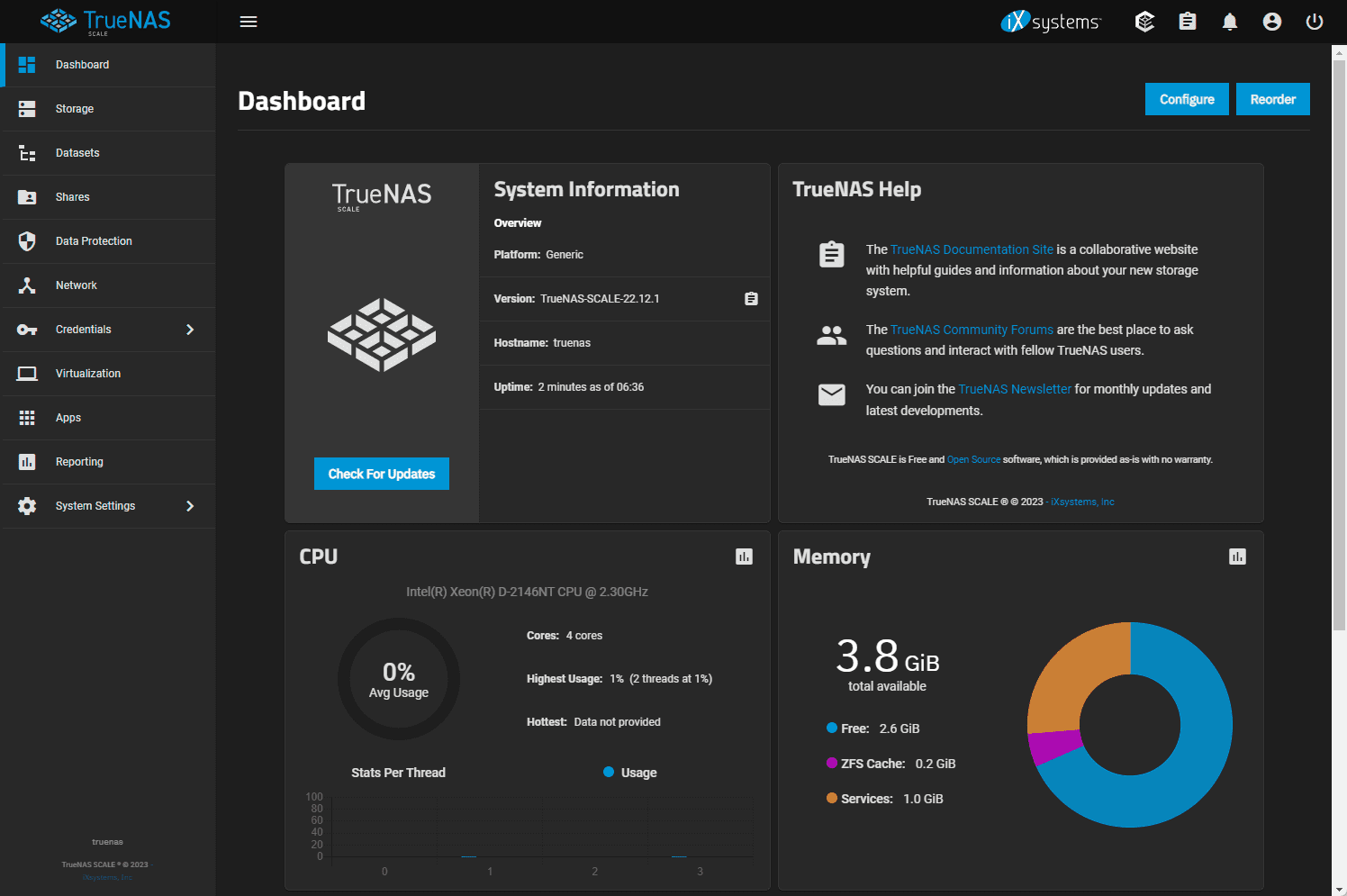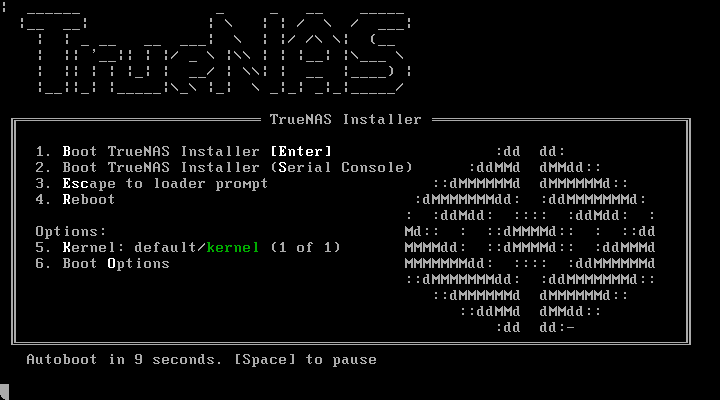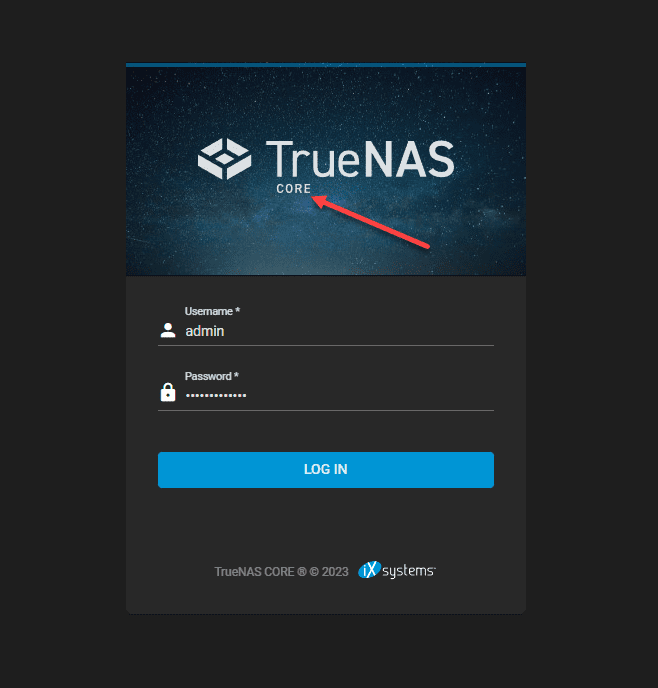Many powerful and robust open-source storage solutions are available for the home lab community and others. TrueNAS is one of those solutions that many are familiar with and have used for many years now. The offering continues to evolve and is now offered in two different variants – TrueNAS SCALE and TrueNAS CORE.
We will look at the key differences between TrueNAS CORE and TrueNAS SCALE and based on their feature sets, capabilities, pros and cons, see which solution might be the best fit in your environment.
What is TrueNAS?
Before comparing TrueNAS CORE vs. SCALE, let’s briefly discuss what TrueNAS is. TrueNAS is a free, open-source network-attached storage (NAS) system that offers many features, such as file storage, virtual machines (VMs), and media servers. It’s built on FreeBSD, an operating system known for reliability and performance.
What is TrueNAS Core?
TrueNAS CORE, previously known as FreeNAS, is the more established version of TrueNAS. It’s an enterprise-grade storage solution that offers numerous features, such as VMs, plugins, and support for various hardware configurations.
TrueNAS CORE has a large user base and an active community, making it an excellent choice for a proven and well-supported storage system.
What is TrueNAS Scale?
TrueNAS SCALE is the newest release of TrueNAS, built on Debian Linux. It is a more flexible and scalable storage solution, with additional features such as Docker containers running in the applications section of the solution and support for Microsoft Azure.
The main difference between TrueNAS CORE and SCALE is their underlying operating system, with CORE based on FreeBSD and SCALE on Debian Linux.
Differences Between TrueNAS CORE and SCALE
Now that we have a basic understanding of both platforms let’s dive into the key differences between TrueNAS CORE and SCALE:
Operating System – As mentioned earlier, the main difference between CORE and SCALE lies in their underlying operating systems. TrueNAS CORE is built on FreeBSD, while TrueNAS SCALE uses Debian Linux.
Users familiar with Linux may find it easier to transition to TrueNAS SCALE, while those used to FreeBSD may prefer to stick with TrueNAS CORE.
Virtualization – Both TrueNAS CORE and SCALE support running virtual machines, but TrueNAS SCALE has an edge in this area due to its support for Docker containers. This means you can run more lightweight and efficient applications on TrueNAS SCALE than TrueNAS CORE, which relies on traditional VMs.
Scalability – As the name suggests, TrueNAS SCALE is designed to scale more quickly than TrueNAS CORE. It’s more suited for larger deployments and environments where you may need to manage multiple storage nodes or clusters. TrueNAS CORE, on the other hand, is better suited for smaller deployments or single-node setups.
Hardware Compatibility – TrueNAS CORE and SCALE offer extensive hardware support, including CPU, GPU, and storage configurations. However, since TrueNAS SCALE is based on Debian Linux, it may have broader hardware compatibility than TrueNAS CORE, which is based on FreeBSD.
Learning Curve – For those new to the TrueNAS ecosystem, TrueNAS CORE might have a steeper learning curve due to its FreeBSD roots. Users familiar with Linux may find it easier to start with TrueNAS SCALE.
Setting Up and Migrating Between TrueNAS CORE and SCALE
You can install TrueNAS Core and SCALE on bare metal or inside a virtual machine, depending on how you want to operate the environment.
Setting up TrueNAS CORE or SCALE involves installing the appropriate operating system on your hardware and configuring the system based on your storage needs. When setting up TrueNAS SCALE, you must provide a root password or admin password for the web interface, while TrueNAS CORE uses a different authentication method. Remote management is available for both platforms, making it easy to access and administer your storage system from anywhere.
If you’re considering the process to migrate from TrueNAS CORE to TrueNAS SCALE, or vice versa, planning the migration carefully is essential. While migrating data between the two platforms is generally straightforward, there may be some differences in configuration and setup. Creating a data backup before migrating is advisable in case anything goes wrong.
I have seen ones for home lab purposes load TrueNAS on old laptops or other hardware they have lying around. Scale has many improvements I think that make it worthwhile to run in the home lab, especially with the Docker functionality.
Performance and Virtualization
When comparing performance between TrueNAS CORE and SCALE, it’s crucial to consider your specific use case and requirements. Both platforms offer excellent performance, but TrueNAS SCALE may have an advantage when running virtual machines and Docker containers due to its Linux base.
TrueNAS CORE might provide better compatibility and integration for Windows or macOS users who only need to run virtual machine environments.
It is an excellent choice for smaller deployments, home users, and businesses looking for a reliable, feature-rich storage solution.
With its extensive plugin ecosystem, it’s ideal for those who require additional functionality, such as media servers or backup services.
On the other hand, many choose to run TrueNAS SCALE, which is better suited for larger deployments or organizations with more complex storage needs.
Its support for Docker containers and Microsoft Azure makes it a versatile and flexible solution for various use cases, including virtualization and enterprise environments.
With Virtual machine environments, you choose the operating system you want to deploy in your VM environments and load the OS on your TrueNAS array of storage.
Docker implementation
As mentioned, TrueNAS Core vs TrueNAS Scale, Scale can run Docker containers. This feature is implemented in the TrueNAS Scale interface as apps. You can then connect to the apps running in Docker like any other Docker host.
TrueNAS Cluster
TrueNAS Scale offers clustering features to fully benefit from scaling out. TrueNAS Core does not offer clustering, and you must run the
Enterprise version to have clustering features. Those running TrueNAS in the home lab may want to cluster their TrueNAS Scale instance, which would be an excellent feature.
Wrapping Up
There are many factors to consider when choosing between Truenas Core vs. Scale. The best option for you depends on your familiarity with FreeBSD or Linux, your specific storage requirements, and your desired use cases. Both platforms offer robust features and support, making them excellent choices for network-attached storage solutions.
However, if you want to delve into running Docker containers and have quick and easy access to running applications in Docker, TrueNAS Scale is the winner. In addition, it offers clustering features. TrueNAS Core is the older of the two and provides many features and strong community support. Either way, you will have a great open-source storage solution.







0 Comments